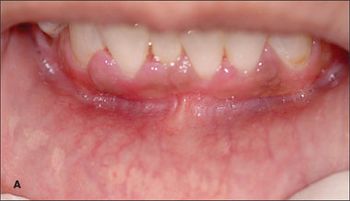
By 2012, federal and state programs will pay slightly more than half of the nation’s health care costs whether or not any health care reform measures are passed, according to a recent report by the Office of the Actuary of the Centers for Medicare & Medicaid Services.1 As expected, the shift to a government-dominated health care sector is approaching faster than expected because of an economy in recession and because of the aging of the baby boomers, millions of whom will soon start signing up for Medicare.
